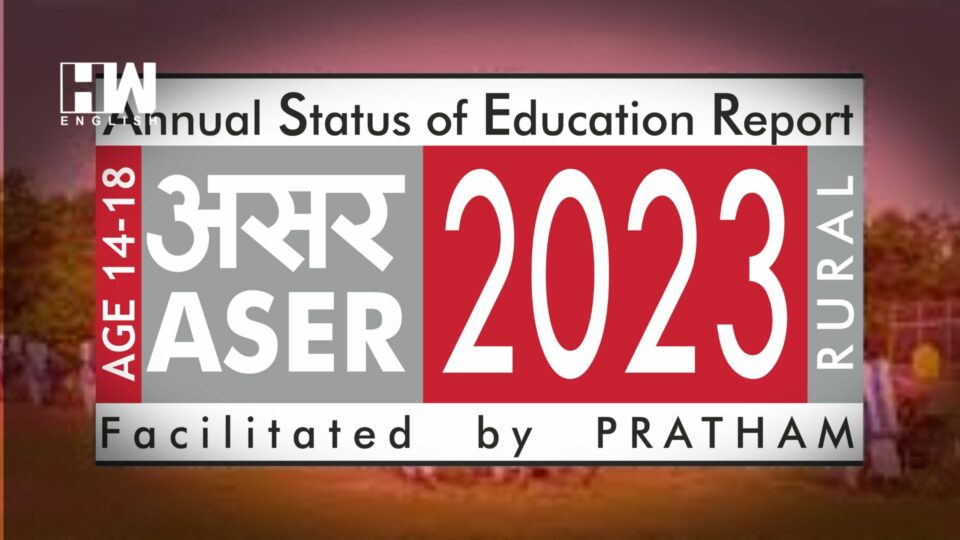The Annual Status of Education Report (ASER) has recently released its latest edition titled ‘Beyond Basics’, which focused on assessing the foundational reading and arithmetic abilities of rural students aged 14 to 18 in India. Civil society organisation Pratham surveyed 28 districts across 26 states, and it involved assessing the skills of 34,745 students.
The report highlighted that 86.8% of young people aged 14-18 in rural India are enrolled in an educational institution, which is a positive sign. However, there are notable differences in enrolment by age, with the percentage of youth not enrolled being 3.9% for 14-year-olds and 32.6% for 18-year-olds. Most students in this age group were enrolled in the Arts/Humanities streams, with females being less likely to be enrolled in the Science, Technology, Engineering, and Mathematics streams than males.
The report also highlighted that only 5.6% of surveyed youth currently take vocational training or other related courses, with youth at the college level most likely to take vocational training. On abilities such as essential reading, math and English abilities, application of basic skills to everyday calculations, reading and understanding written instructions, and financial calculations that need to be done in real life, around 25% of students still cannot read a Class II level text fluently in their regional language.
The report further revealed that more than half of the surveyed youth struggle with division problems, with only 43.3% of 14-18-year-olds being able to do such problems correctly. A little over half can read sentences in English; of those who can read sentences, almost three-quarters can tell their meanings. While females do better than males in reading a Standard II level text in their regional language, males do better than females in arithmetic and English.
The report also highlighted that nearly 90% of all youth have a smartphone and know how to use it, with males being more than twice as likely to have their smartphone than females. Across all tasks using mobile phones, males outperformed females, and performance on digital tasks improved with education level.
The report’s findings have shown that more than half of 14-18-year-old children in rural India struggle with essential reading and arithmetic skills, even after reaching Class 10 and higher secondary levels of education. Additionally, the report revealed that over half of the surveyed students needed help solving a simple 3-digit by 1-digit division problem, usually taught in Classes 3-4. The poor foundational skills are a considerable concern as they come even though young people remain in school longer than ever.
The ASER survey was conducted in 28 districts across 26 states, involving 34,745 children aged 14-18. The report is an essential reminder that there is a significant skill deficit among adolescents, many of them only a few years away from entering the job market.
As an independent media platform, we do not take advertisements from governments and corporate houses. It is you, our readers, who have supported us on our journey to do honest and unbiased journalism. Please contribute, so that we can continue to do the same in future.

